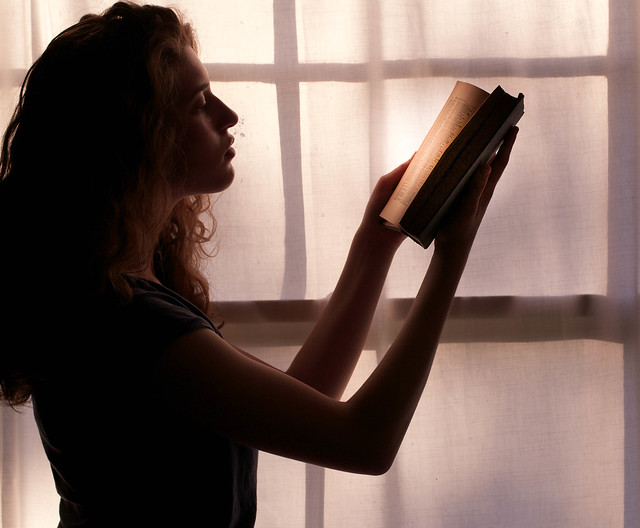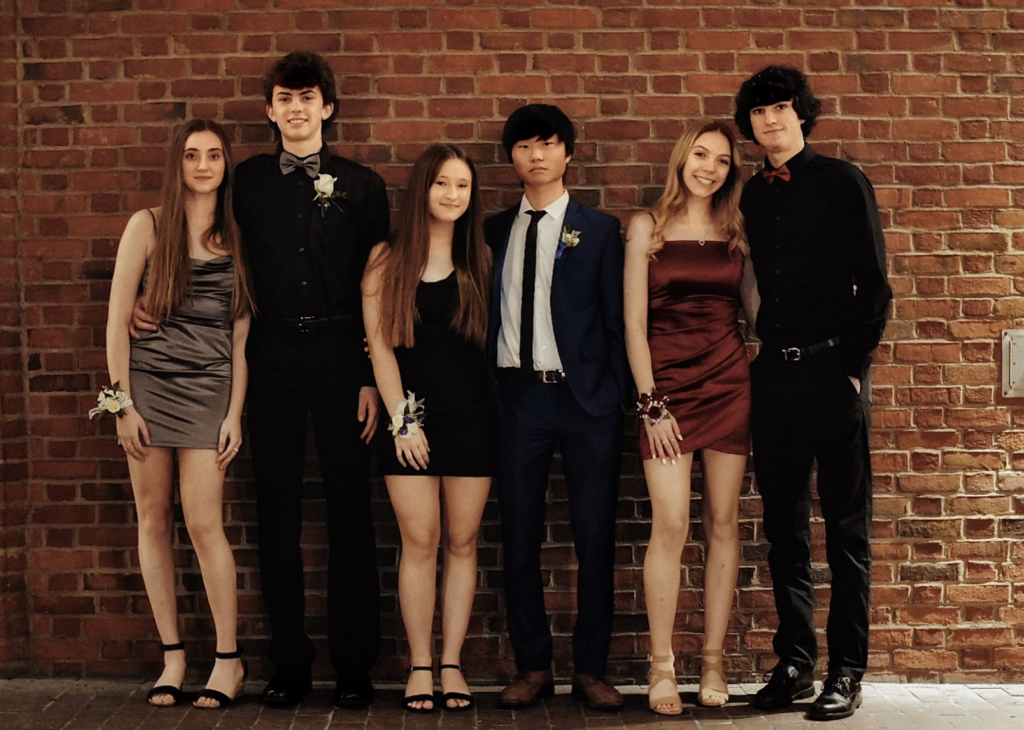Portraiture is arguably the most powerful of genres under the photography umbrella. A portrait can recall old memories — good or bad; it can shed light on a social injustice and inspire one to action; a portrait can do what words often fail to do by a connection between two or more individuals otherwise separated by geography, culture, or language.

Clearly, portraits are important so it no wonder that prospective portrait shooters spend an exorbitant amount of time (and sometimes money) looking for the “best” portrait lens and seeking advice on the “best” camera settings — they want to make the best portraits possible. While technical details such as focal length and lens speed and white balance are all inescapable considerations, there are non-technical aspects that are equally important to account for if you want to infuse your portraits with consequential measures of visual interest and emotional depth.
Eye Contact Can Make a Portrait
There are endless cliched quotes and phrases about eyes — you can supply your favorites. Just know that eye contact can indeed be a vital component of any portrait. Don’t stop at simply having your subject make direct eye contact with the camera; you can create an even more engrossing image by bringing your camera to your subject’s eye level.
All About the Light
Whether you are shooting indoors or outdoors, good lighting is perhaps the most important ingredient for any portrait. If you plan to shoot outdoors, try to avoid the midday sun as the light will be harsh and unflattering. If possible, take your photos during the “golden hour” — that period shortly after sunrise or shortly before sunset when the sun is low in the sky and emits a soft, warm, glowing light that is sure to bring out the best in your subject.
Natural light portraits can be taken indoors as well; a large window, for example, can be used to softly light your subject from the side.
If you’re using flash, either indoors or out, be sure to use the modifier that gets the job of softening or directing light done best (umbrella, reflector, snoot, etc.).
Watch the Pose
Just as the right light can flatter a portrait subject, so too can the right pose. Your subject doesn’t need to channel their inner runway model, but you don’t want them to appear engaged in the goings on. While different scenarios may call for different poses, in all cases you want to avoid having your subject look dull and stiff by having their arms straight down their sides. Attempt to convey some sense of activity or fluidity via your subject’s body language.
Get the Props
Props are often an afterthought for many portrait photographers. Using props doesn’t have to be an exercise in extravagance; in fact, it’s better to keep it simple if you do decide to incorporate a prop into your portrait. It might be a trinket of some kind that is important to your subject, or it could be a chair. In either case, use a prop in such a way that it does not serve as a distraction; it should serve to add interest to the overall image.
Break the Rules
Some people like conventional things because they are comforted by the sense of familiarity. Others are bored by convention. If you’re looking to break the mold in some way, feel free to disregard every rule you’ve learned about “good” portraiture. Direct eye contact might make for an engaging photo; if, however, your desire is to achieve an alluring, somewhat mysterious feeling, have your subject look off-camera, appearing to focus on something out-of-frame. If you think your subject looks better in the center of the frame rather than a third of the way from one edge, then by all means center your subject. The point of learning rules is to break them. With time and practice you will likely find that your most meaningful portraits are those that disregard orthodoxy.








